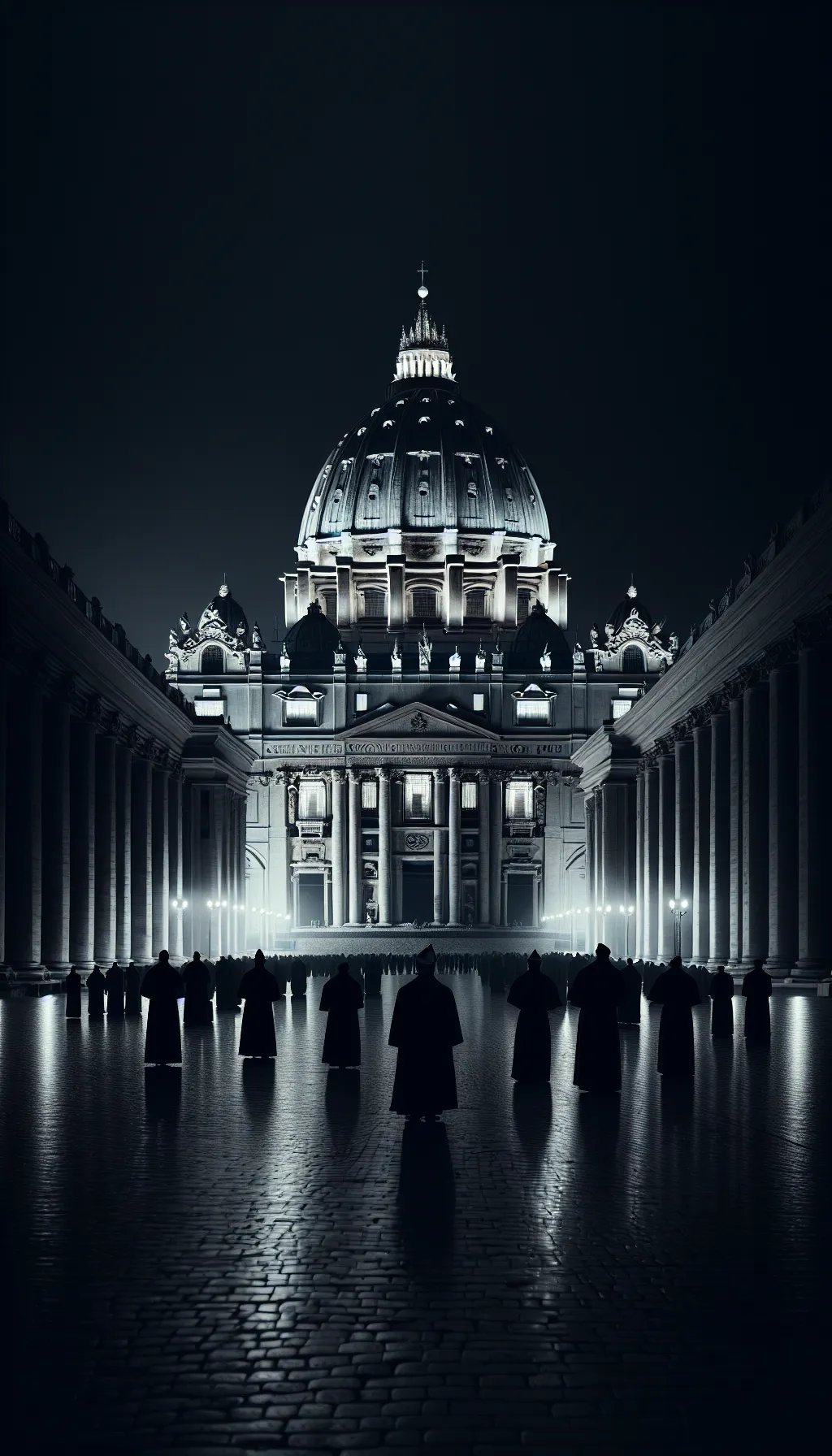Vatican City – The World Mourns: The Passing of Pope John Paul II – April 2, 2005
TLDR;
- Event: Pope John Paul II passed away on April 2, 2005, at 9:37 PM in Vatican City, marking the end of his 26-year papacy.
- Significance: He was the first non-Italian pope in 455 years, known for his efforts in peace, unity, and the fall of communism in Eastern Europe.
- Impact: His 1979 visit to Poland inspired the Solidarity movement, and his outreach improved relations with Judaism, Islam, and the Eastern Orthodox Church.
- Legacy: An estimated 4 million people attended his lying-in-state and funeral, reflecting his global influence and the deep connection he had with people worldwide.
–
Story
As night fell over Vatican City on April 2, 2005, a profound silence enveloped the world. The bells tolled solemnly, echoing through the cobblestone streets, as millions held their breath. Pope John Paul II, a towering figure of faith and diplomacy, had taken his final breath at 9:37 PM (Rome time).

For over 26 years, Pope John Paul II had been a beacon of hope and change. Born Karol Józef Wojtyła in Poland, he rose to the papacy in 1978, becoming the first non-Italian pope in 455 years, since Adrian VI (1522–1523), a Dutchman. His tenure was marked by a relentless pursuit of peace and unity.
He played a pivotal role in the fall of communism in Eastern Europe, using his influence to inspire movements that would eventually lead to the collapse of the Iron Curtain.
But his impact was not limited to politics. Pope John Paul II was a bridge-builder, reaching out to other faiths in unprecedented ways. He improved the Catholic Church’s relations with Judaism, Islam, and the Eastern Orthodox Church, fostering dialogue and understanding in a world often divided by religious strife, though tensions remained, particularly with the Eastern Orthodox Church over issues like Catholic proselytism in traditionally Orthodox regions.
The turning point of his papacy was perhaps his visit to his homeland in 1979, where his words inspired resistance against the oppressive communist regime, emboldening the Solidarity movement that would formally begin in 1980. His message of ‘Do not be afraid’ resonated deeply, empowering millions to stand up for their freedom.
As the news of his passing spread, the world paused to reflect on his legacy. An estimated 4 million people traveled to Rome to pay their respects during his lying-in-state and funeral, gathering in St. Peter’s Square, candles flickering in the night, as they honored a man who had touched so many lives.
Pope John Paul II’s death was not just the end of an era for the Catholic Church, but a moment of global reflection on the power of faith and the enduring quest for peace.
–
| How did Pope John Paul II’s actions shape the world we live in today? |